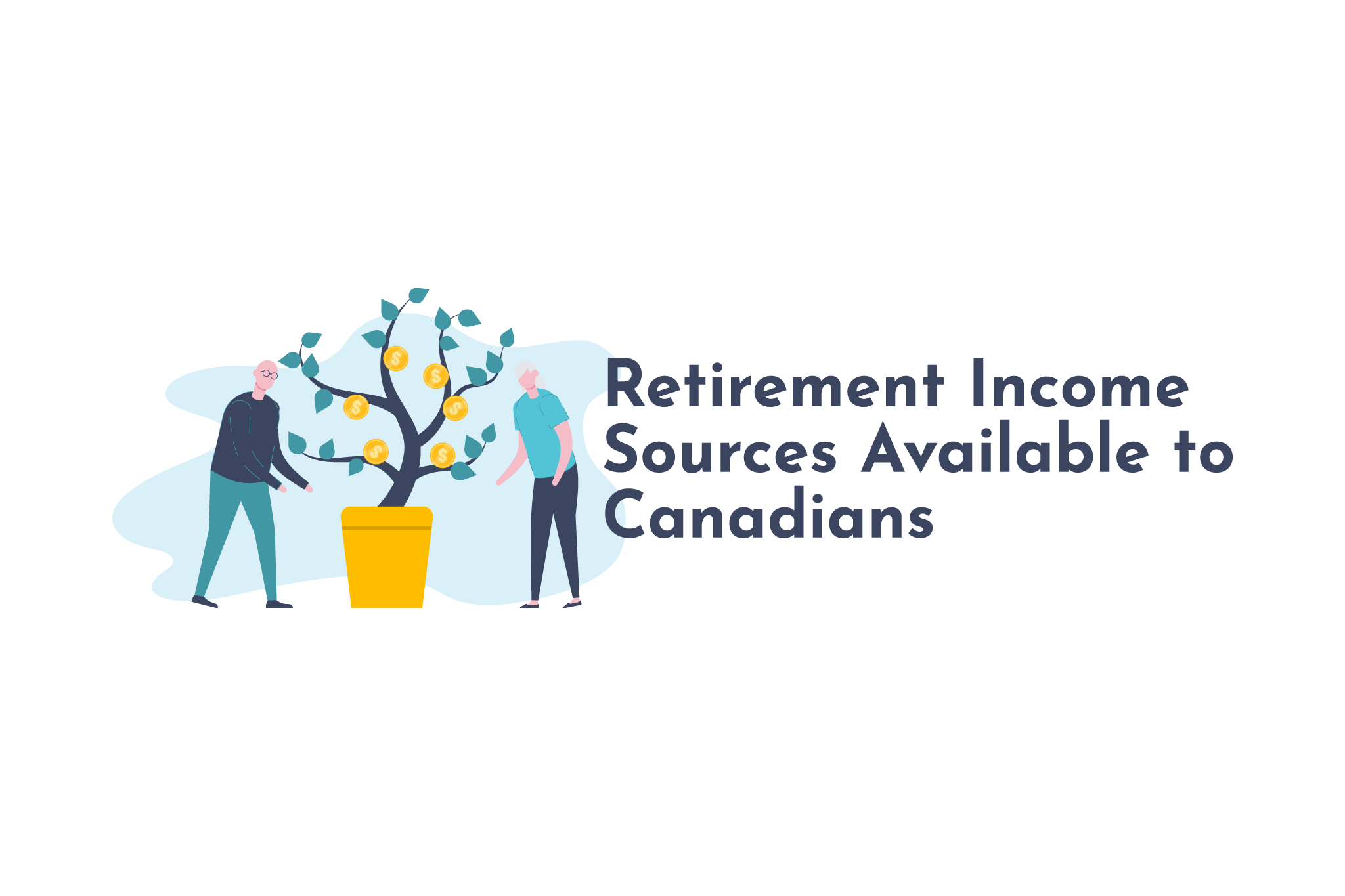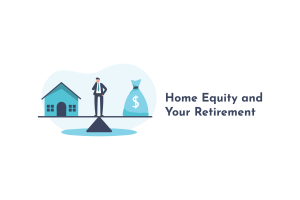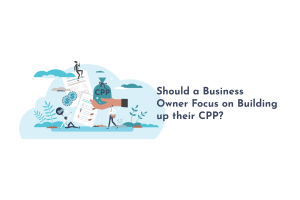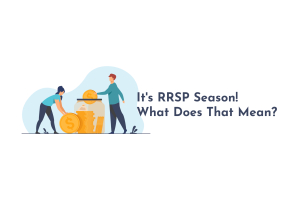Are you considering retirement as a Canadian in 2024? Or, are you someone who is looking to start your retirement plan in 2024 so that you can retire in the future? It is important for Canadians to understand the different sources of retirement income and saving stools that are available to them. Whether you are entering retirement or simply planning for the future, you need to understand how these multiple income sources can work together and how to best strategize for your future. Regardless of whether you are at the stage in your life when you are beginning to draw an income or you are planning options for how to save for the future, understanding what streams of income are available to you and how they can work together is essential to your long-term financial security. Let’s take the chance to consider a few of the most common sources of income for retirement in Canada.
In This Article:
- Government Sponsored Plans
- Tax Advantaged Savings Plans Options
- Other Income Options in Retirement
- Conclusion
Government Sponsored Plans
There are three main government-sponsored plans that may contribute to your retirement income. They are the Canada Pension Plan (CPP), Old Age Security (OAS) and the Guaranteed Income Supplement (GIS). Here’s some info on each of these programs:
- Canada Pension Plan – Recently, we covered CPP in greater detail; this program has been contributed to on your behalf via payroll deductions and employer-matching contributions as long as you have worked in Canada. It is a system where the payments you receive are based on the amount of credit you have earned in the system during your work history. As of October 2023, the maximum amount any one person can receive from CPP is $1364.60 a month. The average amount that people receive is much lower, though. The average CPP payment is $758.32 monthly.
- Old Age Security – OAS differs from CPP in a few fundamental ways. The first is that it is not a plan that you have contributed to directly in the same way that you do for CPP. OAS is a benefit that is paid to seniors and is funded via the revenue that the government generates (i.e. your taxes). The second way that CPP and OAS differ is that Old Age Security is subject to an income test that determines how much of the benefit you receive every year. You may have heard of this before, with it being called a clawback. How it works is that, in 2024, if you are age 65, you are eligible to receive the OAS payment amount of $713.34 monthly. The income test is that if your income exceeds $90,997 in 2024, the OAS you receive will be reduced. The amount it is reduced by is 15% of the excess over that amount of income, up to the maximum of all of the OAS benefits you would receive.
- The Guaranteed Income Supplement – Similar to OAS, the GIS is a government-funded retirement income plan that is aimed at supporting low-income retirees. The main difference is that the GIS is aimed at supporting those who have low incomes. It is also subject to a clawback calculation; the threshold for this beginning is much lower than the one that applies to the OAS. In 2024, if you are single, your income must be less than $21,624 to collect GIS. Married or common-law couples have different amounts that they need to consider, but overall, it is important to remember that GIS is to support you if you have low amounts of income.

Tax Advantaged Savings Plans Options
There are many different types of savings plans available to you as a Canadian, many of which include preferential tax treatment that can help you save for retirement. There are key differences between a few of them. One of the main things to consider is whether they are tax-deferred savings plans or not. Tax-deferred savings means that at some point in the future, you will end up paying taxes on the money that has accumulated in the plan. Let’s look at the tax-advantaged savings options available to Canadians.
- Registered Savings Plans – This is a catch-all description that includes Registered Retirement Savings Plans (RRSPs), Registered Retirement Income Funds (RRIFs) and Registered Pension Plans (RPPs). The key thing with all of these registered investments is that they are tax deferral plans. If you save money in an RRSP or RPP (if your employer offers one), you are essentially making a deal with the government. The deal is that you earned income right now, but you are putting it in a savings plan aimed specifically at supporting your retirement. As part of this deal, the government gives you back any income taxes you paid on those deposits this year, knowing that when you take the money out of the plan in the future, you will pay income tax on it then. The other part of the deal is that you don’t need to pay tax on any growth that happens within the registered plan as it happens, again with the knowledge that you will pay income tax when you withdraw the money. For the RRIF, this is an account where you hold your registered savings during retirement, draw an income, and pay income tax on those withdrawals. You maintain the advantage of tax-deferred growth on any investments within your RRIF; income tax is only owed on what you draw as income in any given year.
- Tax-Free Savings Account (TFSA) – This plan differs from registered savings plans in one significant way. The money you deposit into your tax-free savings account has already had the income tax paid on it. The key advantage of TFSAs is twofold. First, deposits made into a TFSA grow without any taxes being owed on investment returns. Second, any withdrawals from your TFSA are not taxable income. This can be an incredibly powerful tool when looking at ways to structure your retirement income.
- Permanent Life Insurance – Any whole life or universal life insurance policy that has a cash value associated with it has a tax deferral advantage along with it. The cash values inside these plans grow annually and typically will not trigger any taxable income due to the growth. The cash value is accessible to the policy owners should they want to access it, but again, withdrawals from the policy may trigger taxable income, so make sure you understand how that will affect your overall plan.

Other Income Options in Retirement
Most of the previously mentioned options have limits built into them. For example, the CPP has a monthly income cap, OAS has a clawback calculation, and the tax-advantaged plans we discussed have annual limits on how much you can deposit into that style of plan. So, if you have capped out all of those options (or at least made a detailed financial plan that includes different savings products), what options do you have?
- Investment Income – One thing that many Canadians need to remember is that there are options for investing outside of registered savings plans. Any advisor should recommend that you fill up your TFSA, but after that, it may make sense to have some non-registered investments that generate income for you every year. This income can contribute to your post-retirement balance sheet in many different ways; just make sure that planning the withdrawals and how the taxation will affect your life is included in your plan.
- Real Estate – This can take a couple of forms. If you own a principal residence, then accessing your home equity via a reverse mortgage or other credit product can be really helpful in supporting your retirement. If you own investment property, then the monthly cash flow from that can be a wonderful supplement to your retirement savings.
- Business Income – if you were lucky enough to be involved in the ownership of a successful business, you may be able to continue to draw an income from it even after you have officially ‘retired’ from daily operations. Taxes need to be considered, but again, including this as part of your overall financial plan will aid you in drawing income in the most tax-effective manner.
Conclusion
As you can see, there are numerous options available to you as you look for ways to save for retirement and income sources that are available to you in retirement. The key part to all of this relies on having a well-designed retirement plan. This plan should focus on not only how much to save to attain your goals but also how to structure your income in retirement to allow you the most tax-efficient way of drawing down your savings without sharing too much of it with the tax man. By working with a skilled financial advisor along with your accountants, you will be able to structure things in a way that you enjoy more of your hard-earned savings than anyone else does.




